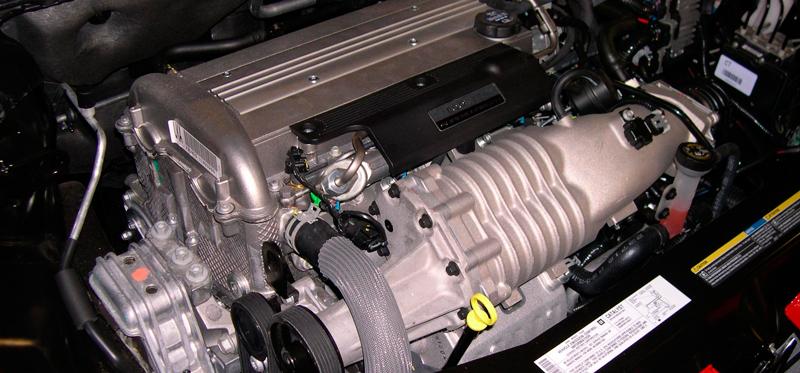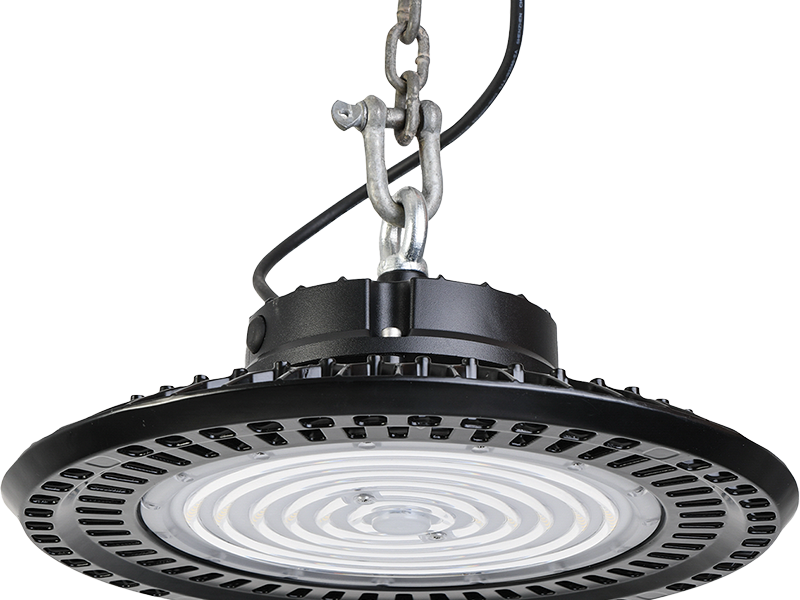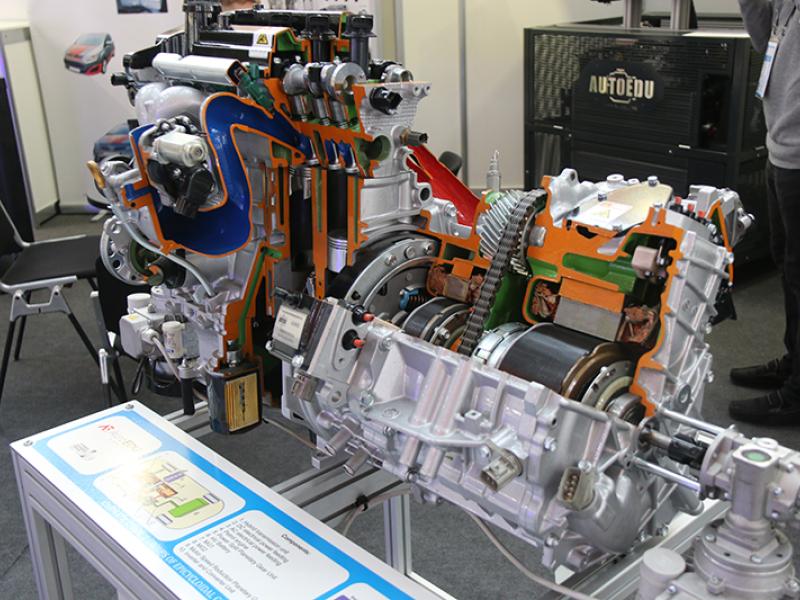By John Oxley
Most of you reading this will be interested in getting more performance, either out of your own car or a customer’s, and so you’ll probably be interested to read what I picked up purely by accident while researching this article.
Lately there have been quite a few warnings about “reflashing” ECUs to get more power and/or economy, so I was interested in what I found on a website related to Magnuson Superchargers, and particularly a kit for massively boosting the power output of the already staggeringly-quick Mercedes-Benz AMG C63.
The one-day installation uses the highly efficient Eaton TVS2300 rotor group to lift power by another 120HP at the wheels, and includes calibration for the standard kit on a hitherto unmodified AMG.
However, the bit that caught my attention was the fact that the ECU remains in the vehicle, and the calibration is done via the OBDII port and online with an Android device!
We’ve all known about changing the settings on the ECU for some time, but this certainly takes it to a new level, and will presumably ensure there’s no “hit-and-miss” changes made.
“Reflashing” is in fact the quickest way of gaining more power from a forced induction engine – turbo or supercharged – and quite spectacular gains can be had with only a small amount of work.
Essentially what happens is that a technician delves into the settings in the vehicle’s electronic control unit (ECU) to change them for more torque, power and sometimes economy, and if done properly this can transform the vehicle without losing on reliability.
However, fine-tuning the computer chip in your engine is not something you can do on your old Hewlett Packard – even if you had the software in the first place.
It’s a highly skilled job, requiring exceptional knowledge of both engines and computers, and is one of those jobs that only experts in the field excel at.
But there’s a simpler way, especially for diesel engine – fitting a replacement or piggyback chip, sometimes also called a power module. These quickly and easily fit into the existing wiring harness before the ECU, and there are a number of companies which specialise in this, once you have decided just what it is you want to achieve,
For most of us we’d like more power and torque, plus better fuel economy, and all these are possible with a simple chip change. So why don’t vehicles come out with these “super chips” in the first place?
Well, it’s back to something we’ve touched on before. Vehicle manufacturers have to make sure that their products appeal to as wide a range of buyers as possible.
In addition they have to ensure that their engines will be reliable and long-lasting, and often this results in a degree of “over engineering” that the chip modifiers are able to take advantage of.
Don’t want to go that route? Well, you can go back to basics. Make the car lighter by getting rid of all the extraneous kit you don’t need. This will help acceleration, braking and handling, although it probably won’t do a lot for comfort!
You can put in a free-flow exhaust, which will free up a couple of horses, and you can smooth the inlet and exhaust ports, as well as changing the camshaft for one with a bit more valve lift.
But unless you do it all really well, you’re not going to get the instant boost the millennials require.
If your car is normally aspirated, a turbo or supercharger kit is a good way of “bolting-on” this instant power, but remember that either of these options will make your car run hotter, so you need to look at maybe changing the fan for a more-efficient electric one, or even putting in a bigger radiator, as well as an oil cooler.
Essentially this is a great option, but beware – it IS expensive, and will basically involve completely rebuilding your engine and upgrading the stress-bearing components of the engine, which will cost several thousands of dollars.
Turbos are best for smaller engines, although they can result in a degree of “turbo-lag” that means you have to “spool up” the engine to get the best out of it whereas a supercharger, usually belt-driven, gives instantaneous power.
And then, while you’re busy making your choices, which supercharger do you use?
There are basically three types:
- Root superchargers. These are the original “blowers” used in Bentleys and their ilk during the early days of motoring. They are the oldest type of supercharger system, and are also among the cheapest. They work by pushing extremely large quantities of air through the intake manifold, providing instant power from really low down the rev range
- Screw type superchargers. These are derived from the Roots type concept, but with vast improvements for street use. Although from the outside, screw type superchargers may look a lot like Roots type superchargers, they have an axial-flow design that compresses the air as it moves between the screws to create positive pressure without creating the heat that Roots type superchargers can create.
- Centrifugal superchargers. They make use of a powered impeller to pull high-pressure air into a compressor, reaching upward of 60,000 rpm easily, making them the most efficient supercharger for your vehicle. This design is similar to turbocharging except that centrifugal superchargers don't use the exhaust to build pressure; they use a belt, driven by the crank pulley to spin the impeller.
This is probably the best way to supercharge your vehicle as the impellers can be changed to suit your needs, and impeller speeds can be varied, so you get a more exact fit for what you’re looking for.
A step further from this is the most modern method of supercharging – driving the supercharger with an electric motor. This is finding more and more popularity among the major OEMs as it takes least power away from the engine while ensuring superb driveability, combining the best features of both turbocharging and supercharging.
Finally, you can replace your car’s original engine with a bigger one. It’s a brave person who chooses this option as it requires not only changes to the engine mounts, cooling system, and a host of other things, but also means the suspension has to be altered to suit the different weight of the new engine.
And, as with all modified vehicles, you have to look at the brakes, wheels and tyres to ensure they’re up to the job of handling all that extra power you’re putting on the road.






